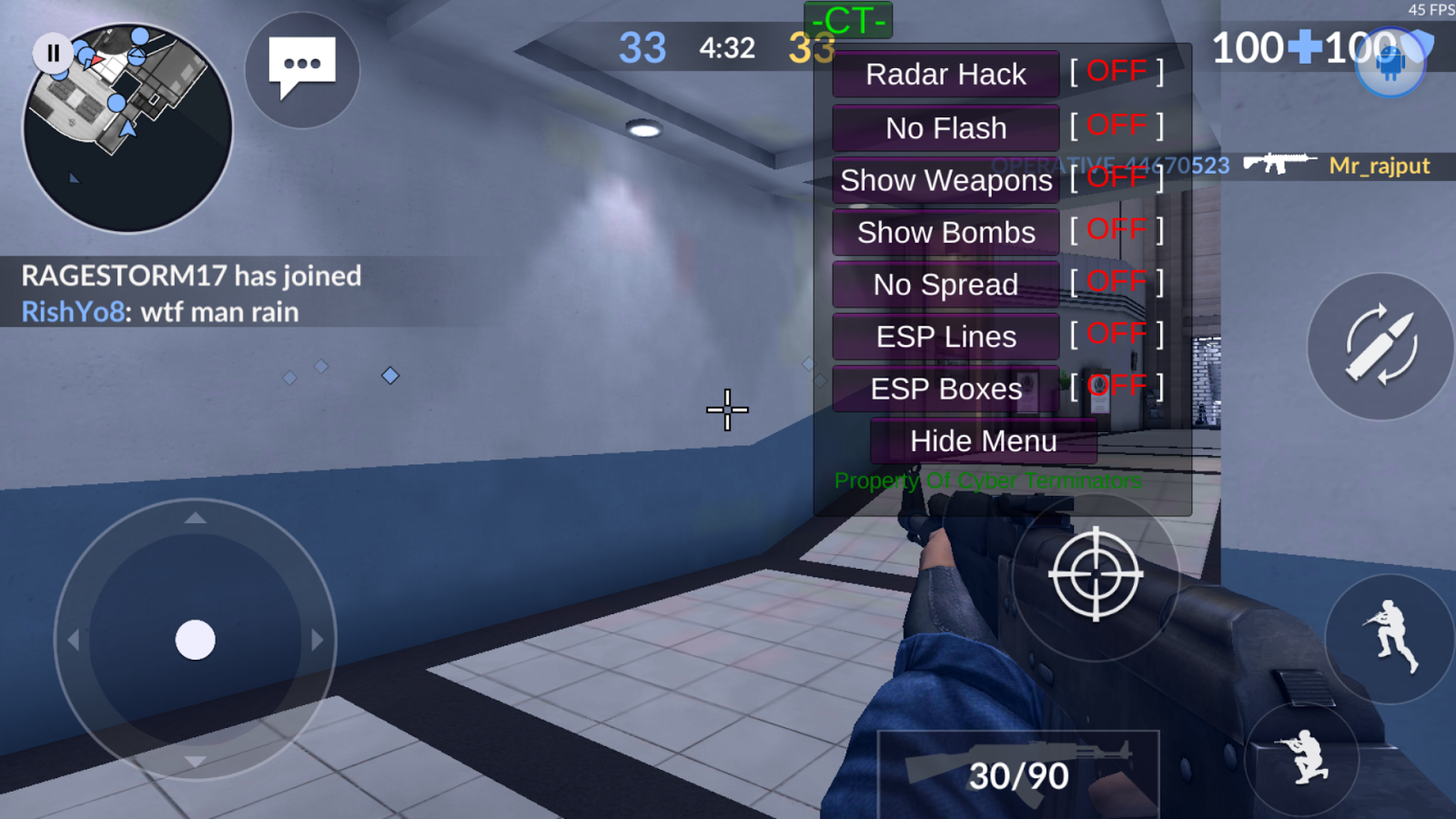

Respond as if the network has already been breached. Here are some ideas on how bank IT teams can improve their network security to better secure the vault: IT teams at banks have increased protection of customer data and limit ed credit card fraud, but the security of most banks' internal systems still need securing. Unlike the old days, when attackers meticulously and physically cased a bank to determi ne the best plan of attack, modern-day bank breaches actively entice victims through these deceptive practices. Attackers spied on the Bangladesh Bank for weeks before the attack, quietly infiltrating dozens of computers with phishing attacks to steal credentials for payment transfers. One phishing campaign drove attackers to steal over $100 million from the Bangladesh central bank account at the Federal Reserve Bank of New York. Once inside, attackers exploit known vulnerabilities in commonly used applications that remain unpatched by large banks due to their cumbersome infrastructure. Unfor t unately, p hishing attacks are still extremely prominent, and for good reason: They’re immensely successful.Īttackers take extreme care in developing convincing emails that appear to be legitimate banking communications to trick bank employees-or third parties with access to bank systems-into handing over their user credentials. N ew variants of the malware surfaced last fall, delivered through phishing attacks, and n ew criminal groups emerged as recently as this past February, employing similar tactics of spearphishing to embed customized malware and gain control over ATMs. By the time they were uncovered by Kaspersky Labs, the attacks had already infiltrated over 100 banks in 30 countries, with thieves making off with as much as $1 billion. The machines infected with this malware had flown under the radar for two years, attacking the banks’ internal money-processing services and automated teller machines (ATMs). In 2015, the banking industry discovered a startling new type of threat: A massive cybercriminal ring was targeting banks using Car bana k malware. T oday’s bank robbers are hiding behind the screen, us ing targeted and sophisticated cybercrime tactics and leaving IT teams struggling to keep their networks and their vaults secure. Though the goals of bank robbers have remained the same over the years, their methods have evolved.

This get-rich-quick scheme, while not always successful, often leaves criminals untouched. Bank robbery-it’s one of the oldest crimes in the book.


 0 kommentar(er)
0 kommentar(er)
